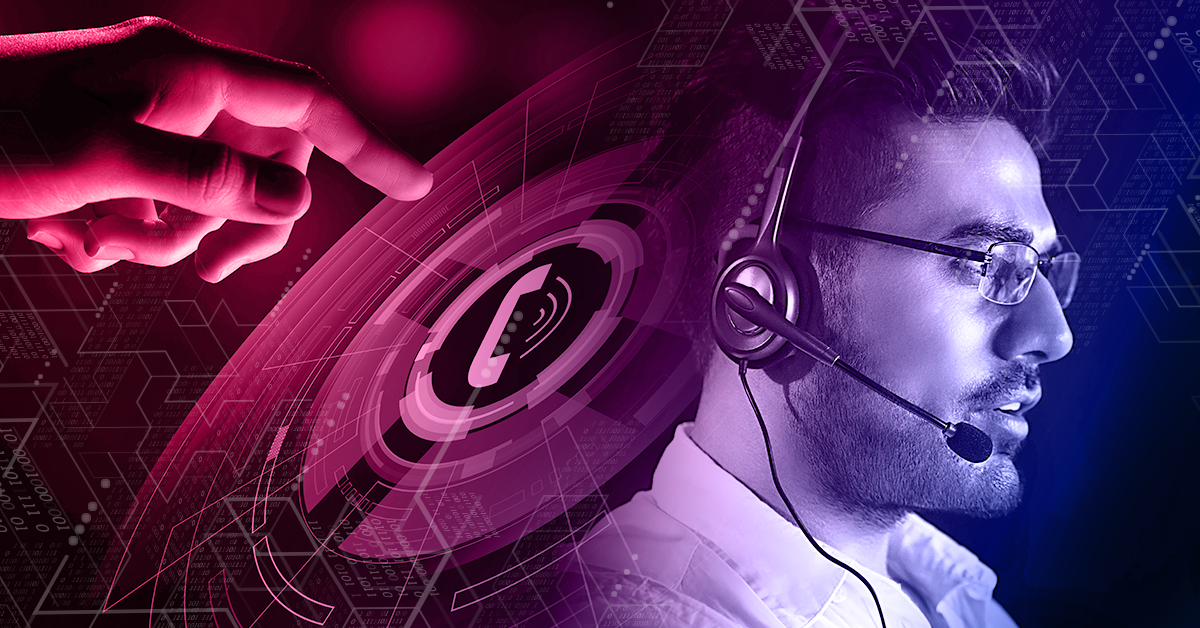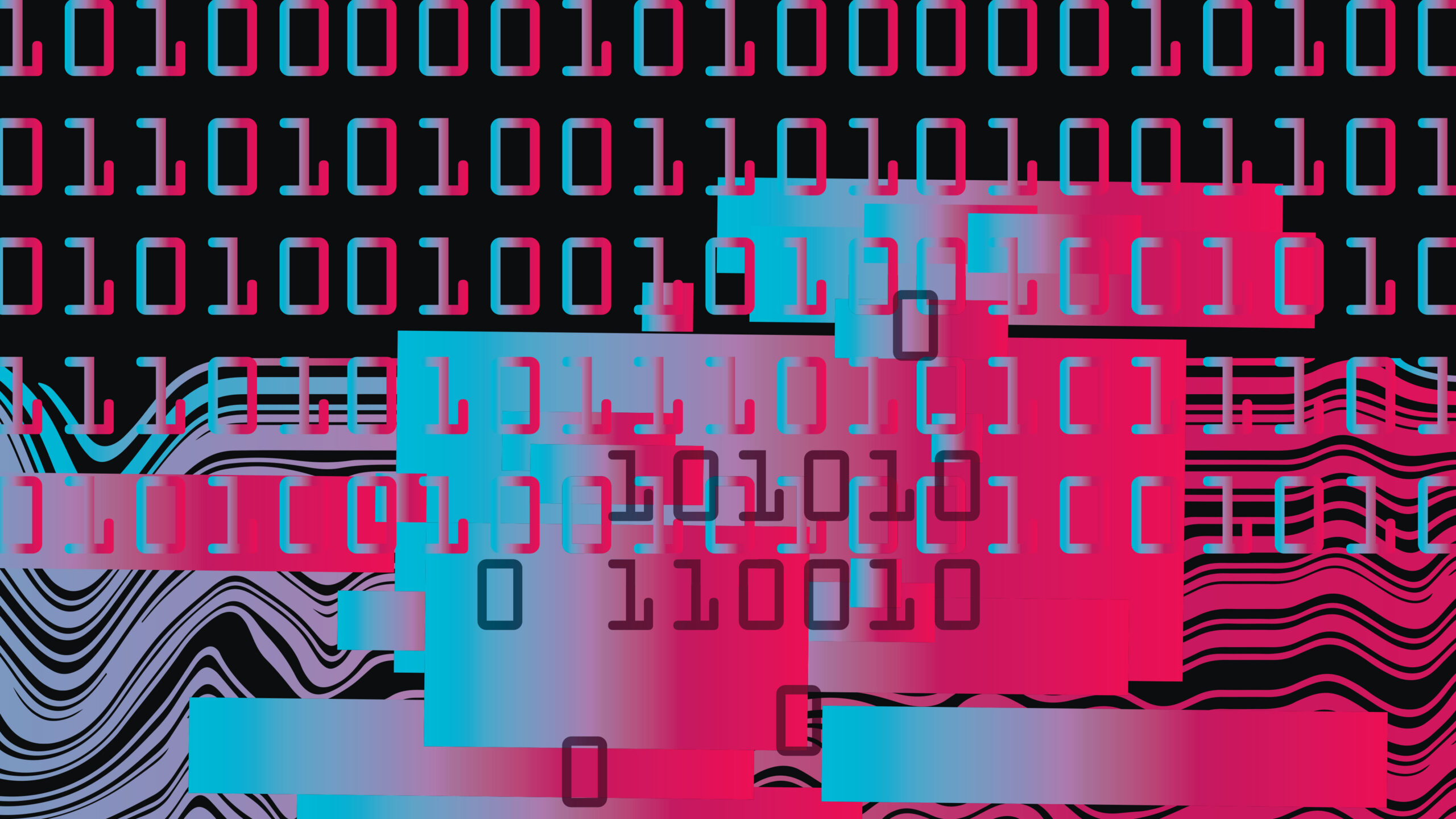The 40-and-under crowd doesn’t like talking on the phone. It’s been memed and joked about at length, but it’s also backed by data. A recent study found that 81% of millennials have to work up the courage to make a call. It makes sense, then, for brands to assume this demographic would prefer a self-serve approach to customer service. No long waits on hold, no explaining the problem multiple times—no talking to a live person.
But many complex scenarios still require a human touch, and the limitations of self-service can quickly frustrate and drive away customers unable to reach the resolutions they need. While self-service may seem like the way of the future, is it really what customers want?
What Is Self-Service Automation?
Self-service automation allows customers to help themselves with minimal to no interaction with other humans. For example, customers might update their shipping address by logging into a brand’s website, track their order through a phone app, or message a chatbot for basic answers about a return policy. When deployed well, self-service automation empowers customers to handle simple tasks like order tracking and address changes on their own, quickly, with little effort.
Self-service automation is also very appealing to brands from a financial perspective. A 2019 Gartner survey found that each contact via live channels—phone, email, live chat—costs $8.01 on average, compared to just $0.10 per contact for self-serve channels like web portals and apps.
The self-serve approach to customer service clearly offers benefits to both brands and customers. In fact, 70% of customers expect a company to have self-service options, according to a recent report from Zendesk on CX trends. But what about issues that require a little more nuance? That same report indicates that 76% of customers expect to engage with someone immediately after contacting a company, indicating that brands need to offer more than self-service automation alone.
Finding the Middle Ground for Customer Service Programs
The best customer service experience minimizes friction, whether that’s reaching a resolution in a single contact, making policies and instructions clear and easily accessible, or eliminating unnecessary transfers and escalations. Attended automation technology can help bridge the gap between self-serve and live customer service options, reducing the friction often found during the transition from unattended to attended interactions or in the hand-off from one live agent to another. It facilitates the efficiency customers want along with the human empathy necessary for an exceptional customer experience.
An attended automation platform like Laivly supports customer care teams in delivering faster, more accurate resolutions than they could on their own. The AI-powered automation works ahead of, behind, and alongside the agent, surfacing information across multiple systems at lightning speed, performing time-consuming tasks like populating form fields and generating real-time case notes, and suggesting appropriate workflows and consistent, on-brand email responses. Customer interactions become more personalized and efficient, because the agent can focus on truly understanding a customer’s concern or request instead of multitasking and missing important details.
Through the power of AI and machine learning, an attended automation platform can also take tasks and processes typically performed entirely by a live agent and move them into a new middle ground. The automation can handle things like email responses and chats, but with oversight and input from a live agent. This results in faster handle times, better accuracy, a more personalized touch—and, ultimately, less friction.
The Business Case for Attended Automation
From a business perspective, attended automation provides excellent ROI. Not only can attended automation help live agents meet or surpass ambitious KPIs, it can also improve customer satisfaction—which, in turn, drives customer loyalty and the lifetime value of a customer. Customers expect a positive experience, and the 2022 Zendesk CX Trends report confirms this:
- 81% of customers say they are more likely to make another purchase following a positive customer service experience
- 76% of customers say multiple bad customer service experiences would make them switch to a competitor
- 70% of customers say that quality of customer service has influenced their purchase decisions
- 68% of customers say they expect every customer service interaction to be personalized
- 61% of customers say it only takes one bad customer service experience for them to switch to a competitor
How Do Customers Want to Resolve CX Issues?
Just because more and more consumers are shifting away from using their phones to make voice calls, that doesn’t mean they don’t want live, personalized customer service. Self-service automation has its place, but it can’t effectively replace human empathy. Customer care programs that utilize attended automation and self-service automation harmoniously can give the people what they want—a personalized, efficient, and accurate resolution to their issue or inquiry—while effectively managing costs and supporting live customer service agents. Now, that’s a satisfactory outcome.







